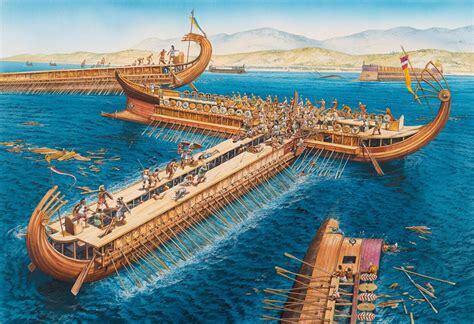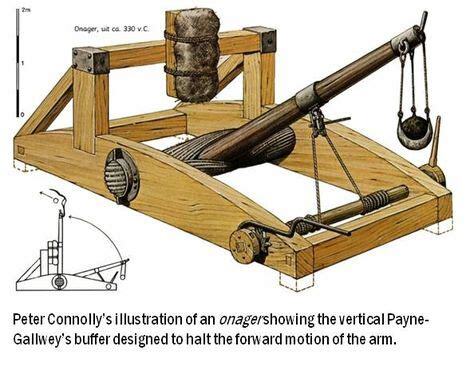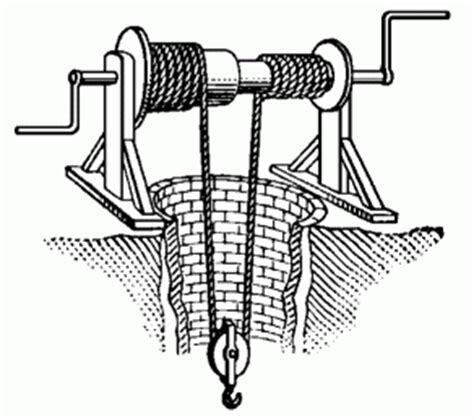Technology in Ancient Greece and Rome

Tirenes ramming each other
Episode 1: Technology in the Classical World
Understanding Greek and Roman Technology: From the Catapult to the Parthenon
Dr Stephen Ressler (2013)
Film Review
In this fascinating introductory lecture, West Point engineering professor Dr Stephen Ressler gives the example of the 480 BC Battle of Salamis to illustrate the role of technology in the Greeks’ victory over invading Persians. Although both sides had tirenes,[1] the Greeks had the advantage because 1) they could pull their tirenes up on shore at night to prevent teredo worms from boring into the wood (because they remained in the water overnight, the Persians’ wormy vessels became water logged), 2) Persian tirenes were manned by slaves and captives, which required the presence of an additional 30 troops on each tirene, rendering the vessels too top heavy to steer efficiently and 3) because the Persian troops, fearing a Greek surprise attack, kept their sleep-derived rowers awake all night.
Ressler views classical technology as quite ingenious, despite the classical era’s era’s resource and energy limitations. During this first lecture he demonstrates a scale model Roman torsion catapult known as a palintone. Storing torsion in animal tendons (which store 20 times as much energy as steel), the palintone was cocked with a windlass.[2]

According to Ressler, prior to the onset of Greek civilization, humankind had only developed about a dozen revolutionary technologies (animal power, metallurgy, stone masonry, terracotta tiles and pottery, the wheel, the lever, the pulley, the arch and the sail.
However the 1300 year classical period[3] witnessed a wealth of technological innovations, despite the paucity of new inventions (the screw, the water wheel and concrete). Ressler credits the classical technology explosion to 1) a deep qualitative understanding of engineering principles, 2) creativity and 3) the availability of royal patronage. [4]
Our current understanding of Greco-Roman technological innovation comes from archeological evidence and Marcos DePrevius Polio’s De Architectura,[5] the sole surviving classical treatise on architecture and engineering.
[1] A sea vessel powered by 170 rowers used mainly as a torpedo to ram other vessels[2] Invented by Greek scientist and engineer Archimedes, a windless moves heavy weights by rotating (with a crank or belt) a horizontal cylinder. [3] 800 BC – 476 AD. Greek civilization dates from 800 – 323 BC (when Alexander the Great died). The Roman Republic dates from 509 – 27 BC and the Roman Empire from 27 BC – 476 AD.[4] According Resler, (owing to the absence of wealthy rulers) neither Greece nor Rome experienced much technological innovation during their periods of democratic rule.[5] In Roman times an “architectura” could be to an architect, engineer or urban planner.Film can be be viewed free with a library card on Kanopy.
[3] 800 BC – 476 AD. Greek civilization dates from 800 – 323 BC (when Alexander the Great died). The Roman Republic dates from 509 – 27 BC and the Roman Empire from 27 BC – 476 AD.[4] According Resler, (owing to the absence of wealthy rulers) neither Greece nor Rome experienced much technological innovation during their periods of democratic rule.[5] In Roman times an “architectura” could be to an architect, engineer or urban planner.Film can be be viewed free with a library card on Kanopy.https://www.kanopy.com/en/pukeariki/watch/video/146678/146680
The Most Revolutionary Act
- Stuart Jeanne Bramhall's profile
- 11 followers



